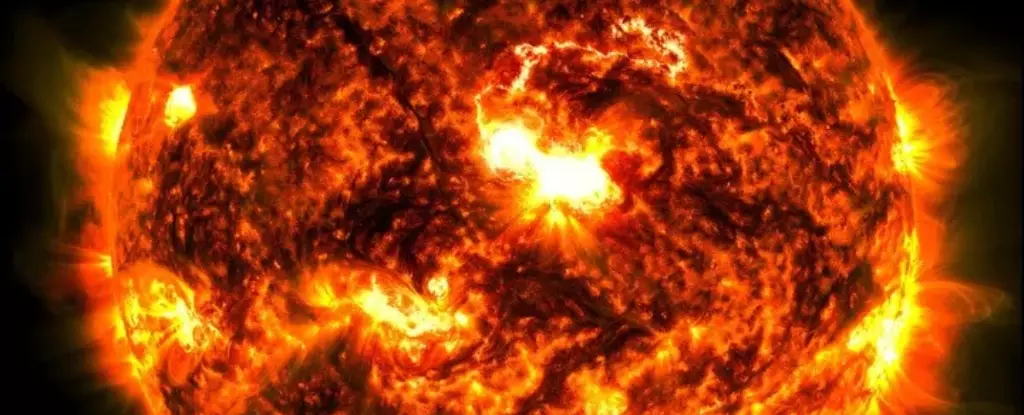Coronal Mass Ejections (CMEs) are monumental events originating from the Sun’s surface, where immense waves of plasma and magnetic fields are expelled into space. These phenomena have significant implications when they reach Earth, especially during periods of heightened solar activity associated with the Sun’s 11-year cycle. As of October 2024, scientists are preparing for a notable CME expected to hit our planet, an occurrence that has sparked both interest and concern. The accelerated pace of these solar activities, currently suggested to be at its peak, leads to a series of geomagnetic disturbances that can directly affect our planet’s technology, environment, and even the delight of witnessing auroras at unusual latitudes.
The Timing and Predictions of Impact
Forecasters predict that this latest CME, which was ejected on October 8, 2024, may reach Earth between Thursday morning and midday, Eastern Time. At a staggering speed of 2.5 million miles per hour, the CME is poised to either meet or exceed a level 4 geomagnetic storm—denoted as G4—in intensity. Shawn Dahl from the Space Weather Prediction Center emphasized the uncertainty inherent in such predictions; while current assessments indicate a G4 event, final evaluations will only become clear as the CME nears Earth, approximately 15-30 minutes prior to impact. The anticipation surrounding this event not only showcases the capabilities of space weather forecasting but also reflects an urgent need for readiness among emergency services and utility providers.
The repercussions of a significant CME hitting Earth can be far-reaching. Geomagnetic storms, like those produced by the current CME, hold the potential to disrupt various technologies that society heavily relies on, including satellites, GPS systems, and radio communications. Historical events, such as the “Halloween Storms” of October 2003, illustrate the severity of these storms by detailing the blackouts and infrastructure damage experienced in countries like Sweden and South Africa. While May 2024’s geomagnetic storms caused challenges for precision GPS systems impacting agricultural operations in the Midwest, the potential outcomes of the current CME could be more profound, as the geomagnetic conditions evolve.
Moreover, the interaction of CMEs with Earth’s magnetosphere can lead to the inflation of the ionosphere, affecting the orbital paths of thousands of satellites. Reports indicate that about 5,000 satellites required adjustments to their orbits following previous storms. As such, preparing for disruptions in technology and infrastructure is not just precautionary but essential in addressing the potential cascading effects of these solar phenomena.
One of the more beautiful side effects of a CME reaching Earth is the possibility of auroras at unusually southern latitudes, with experts suggesting locations as far south as Alabama may catch a glimpse. Auroras typically bloom in the polar regions, but heightened solar activity can extend their reach. Enthusiasts eager to witness this spectacular natural display should seek out the darkest skies, away from city lights, allowing those shimmering lights to be captured without interference from urban luminous distractions. Digital cameras or smartphones can be particularly beneficial, as they often capture the ethereal colors of the aurora even when the naked eye cannot perceive them as vividly.
As our planet prepares for another trial from the cosmic playground of the Sun, it is crucial to recognize the interplay between solar activity and life on Earth. Scientific advancements have afforded us a window into the phenomenal processes of the solar system, equipping us with tools for prediction and preparation. While the anticipation of witnessing auroras adds a touch of excitement, the potential for disruptions and the practical implications of these solar events should not be underestimated. Awareness and preparedness will be pivotal as we navigate the challenges posed by our sun’s dynamic nature, reminding us of the delicate balance of technology and nature in our lives.

